Trunks Overview
Cisco Unified Communications Manager (Unified CM) supports several different types of IP trunks for connectivity with external devices:
-
H.225 (H.323)
-
SIP
-
Intercluster trunks
Only SIP trunks and SIP intercluster trunks can support IPv6. This chapter describes the new IPv6 features and capabilities of these trunks. For information on the general capabilities and functions of Unified CM trunks, refer to the Cisco Collaboration System Solution Reference Network Design (SRND), available at Link .
There are several possible configurations for Unified CM SIP trunks:
-
Inbound and outbound SIP Early Offer trunk calls
-
Inbound and outbound SIP Delayed Offer trunk calls (This chapter focuses on this supported option)
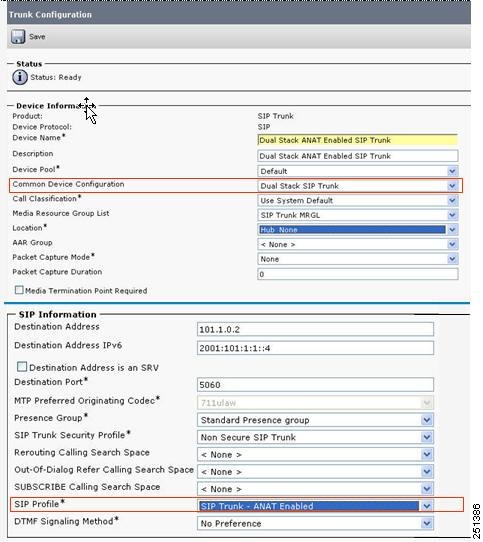
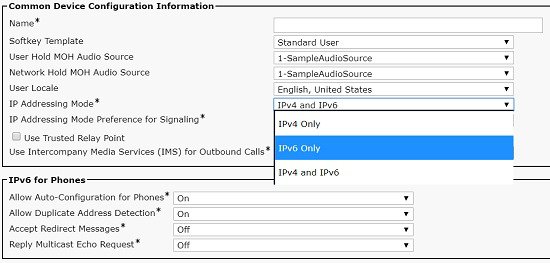
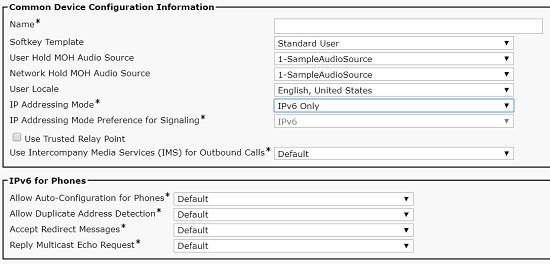

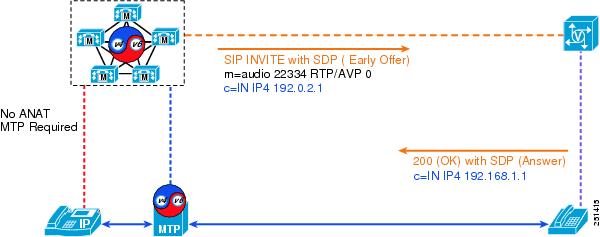

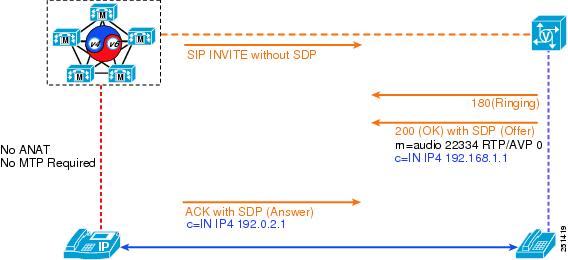
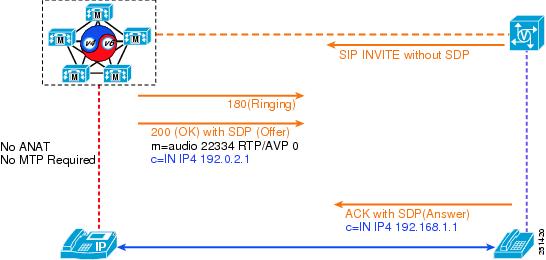
 Feedback
Feedback